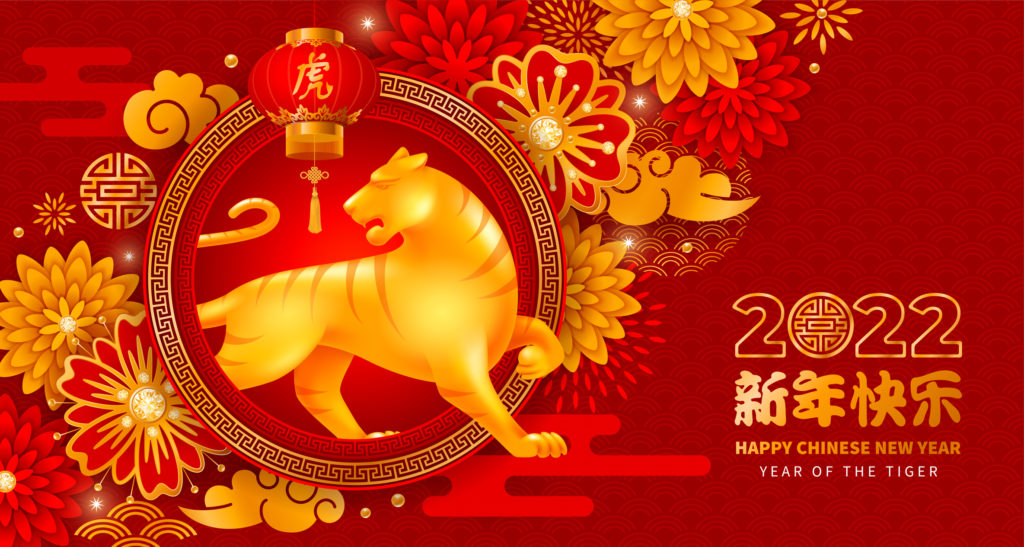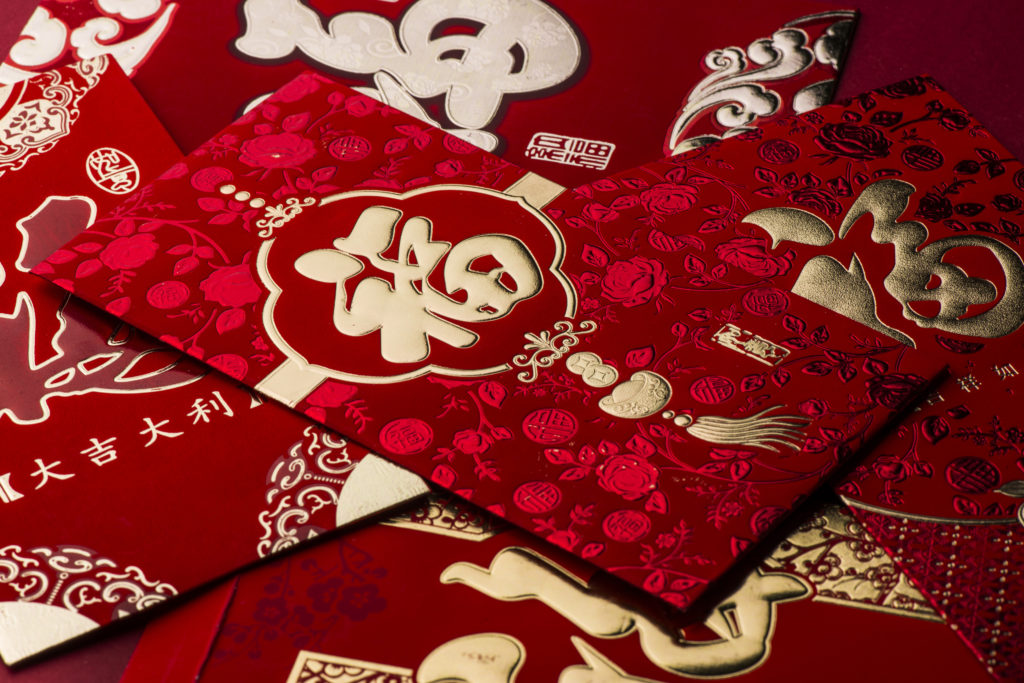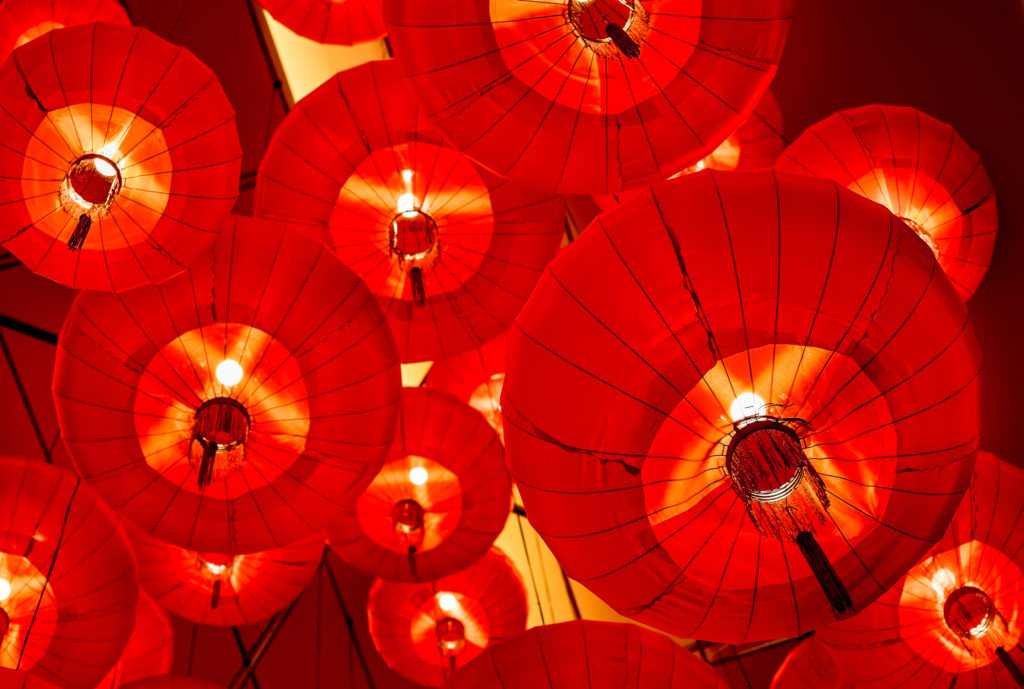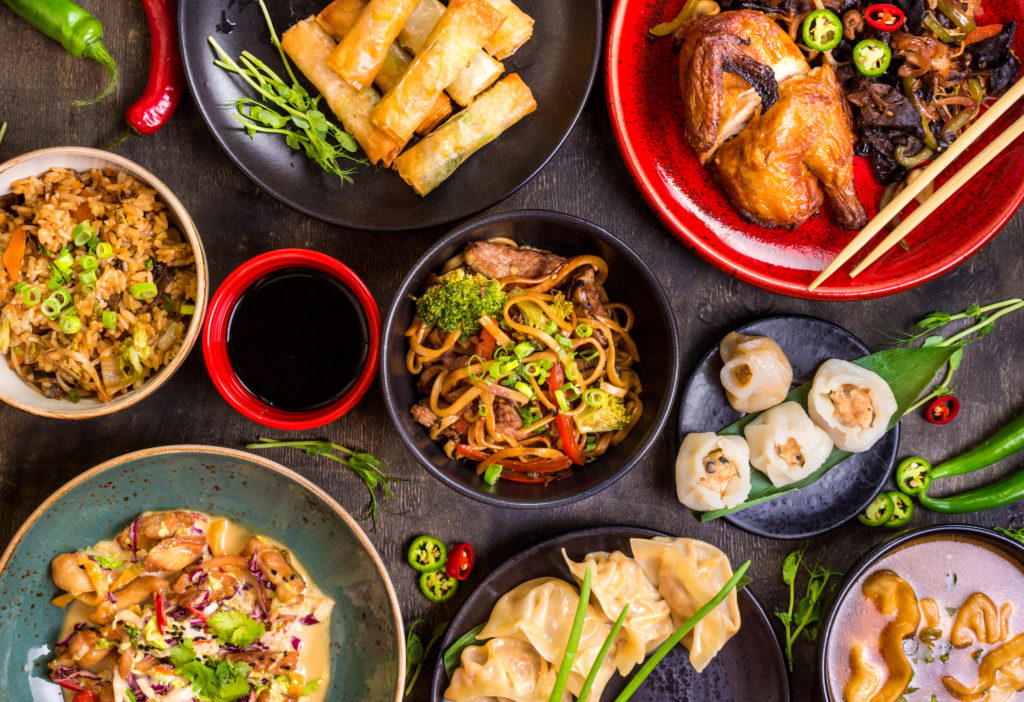Bring in the Year of the Tiger!

Our friends in China, working on a different calendar than we do in the West, are all looking forward to the start of a new year. Out with the old, ring in the new! In every country, we gather with friends and loved ones to celebrate the passing of one year and to toast the start of another one. If you’ve ever wondered how the Chinese celebrate New Year, this blog is for you!
China’s culture and history are ancient and the roots of their traditional celebrations are anchored in ancient myths and legends. The most widely known Chinese story involved a beast and an old man. In Chinese, the beast’s name, Nian (pronounced nyen), sounds like the Chinese word for ‘year’. It is a monstrous thing that sprang from the murk of the last evening of the last lunar month (New Year’s eve), creating chaos and devouring cattle and people. Villagers began staying at home on that evening, hiding and vigilantly protecting their homes from Nian until one New Year’s eve, a spunky old man refused to run from the beast. Instead, he prepared for the beast’s arrival by covering his home in red sheets of paper and hanging many red lanterns around it. When the beast appeared, the old man laughingly emerged from his home, dressed head to toe in red, and lighting firecrackers at the beast’s feet to scare it away! The beast, Nian, fled in terror and returned to the murk. This began the Chinese New Year traditions of red colors and fireworks.
Today, many centuries later, the Chinese New Year, or Spring Festival as it is sometimes called, is a 15-day festival. It can be generally divided into three periods, the days preceding the festival, the festival days and the days after the Spring Festival Day. There are different customs related to each period:
Preceding Days

House Keeping and Shopping
Just as Westerners ‘ring out the old’, the Chinese prepare for the new year by cleaning out all the dust from the house, the grounds and the walls. In Chinese, the word ‘dust’ sounds like the word for ‘old’, so this is a very symbolic way of clearing out the old and making way for the new.
Ringing in the new is accomplished by shopping for new clothes and other new things to replace the old.

Spring Festival Couplets
Couplets are typically pasted on doorways as a part of the festival’s celebration. This is a custom that goes back about 1,100 years to the Song Dynasty. Originally, they were written on peach wood, but are now printed on red paper and are posted outside the door of the home. A few common rules for Chinese couplets:
- The number of characters used in each line must be identical.
- The part of speech must be the same. For example, if the first word in the first line is a noun, then so must be the first word of the second line. Noun for noun, verb for verb, adjective for adjective.
- The meaning should be relevant. If the first line is about good luck, so should the second line.
- The sounds must be coordinated.
An example:
Best wishes year after year; fly higher step by step
帆风顺年年好,万事如意步步高
Auspicious words or pictures are cut on red paper and pasted on windows to express good wishes for the future during the happy event.
Traditions
The character “Fu”, meaning good fortune or happiness, is used to express people’s good wishes and yearning for the future, so people usually paste it gates or some furniture in the house during the Chinese New Year. Pasting the “Fu” upside down, meaning the arrival of happiness or good fortune, is a widely accepted and popular custom among Chinese people. Other auspicious characters and patterns are added to express good wishes.
In the ancient time, this character and the couplets were written by hand, but now, people can buy printed ones in shopping malls or supermarkets. Some shops even present these printed works to customers who buy something in their shops.
Greeting Cards

The Cards are prepared before the festival. In the past, some people sent cards to their friends, parents, teachers and other relatives during the happy event especially when they were not going to be with them on Spring Festival’s Eve. Words of blessing are written on the cards similar to Christmas cards. Now, with the advance of technology, the form of cards has changed, the custom of sending cards continues.
Chinese Knots

Chinese knots are prepared to decorate houses during the festival. They were first used to string jade pendants on clothes and curtains as decorations. Now these knots are used as gifts containing the blessing for other people or decorations.
JIE CAI CENG: Welcoming the Gods of Wealth and Prosperity
On the 5th day of New Year’s, it is believed that the gods of prosperity come down from the heavens. Businesses will often participate in setting off firecrackers as they believe it will bring them prosperity and good fortune for their business.

YUAN XIAO JIE: Festival of Lanterns
The 15th day of the New Year, The Festival of Lanterns, marks the end of the Chinese New Year celebrations. All types of red lanterns are lit throughout the streets and poems and riddles are written for entertainment. Some of these wheeled lanterns are created in the shape of the new year’s animal (eg Year of the Pig). 2016 is the Year of the Monkey. Each animal represents a particular location in the Chinese zodiac. The year of one’s birth sign is believed to be the most unlucky in the 12-year cycle. For instance, “Monkeys” (who take Chinese astrology seriously) are particularly careful about their health, love lives, career, and investments in Monkey years.
TRADITIONAL FOODS
The Chinese New Year’s Eve meal is the most important dinner of the year. Typically, families gather at a designated relative’s house for dinner, but these days, many families often celebrate New Year’s Eve dinner at a restaurant. Traditional foods served on New Year’s Eve include:
- Eight Treasures Rice (contains glutinous rice, walnuts, different colored dry fruit, raisins, sweet red bean paste, jujube dates, and almonds).
- “Tang Yuan” – black sesame rice ball soup; or a Won Ton soup.
- Chicken, duck, fish and pork dishes.
- “Song Gao”, literally translates to “loose cake”- which is made of rice which has been coursely ground and then formed into a small, sweet round cake.
- “Jiu Niang Tang” – sweet wine-rice soup which contains small glutinous rice balls

A word to our Chinese friends here in the U.S.A., Word4Asia wishes you an especially cheerful new year holiday, and a productive, successful, and happy “year of the Tiger”!
